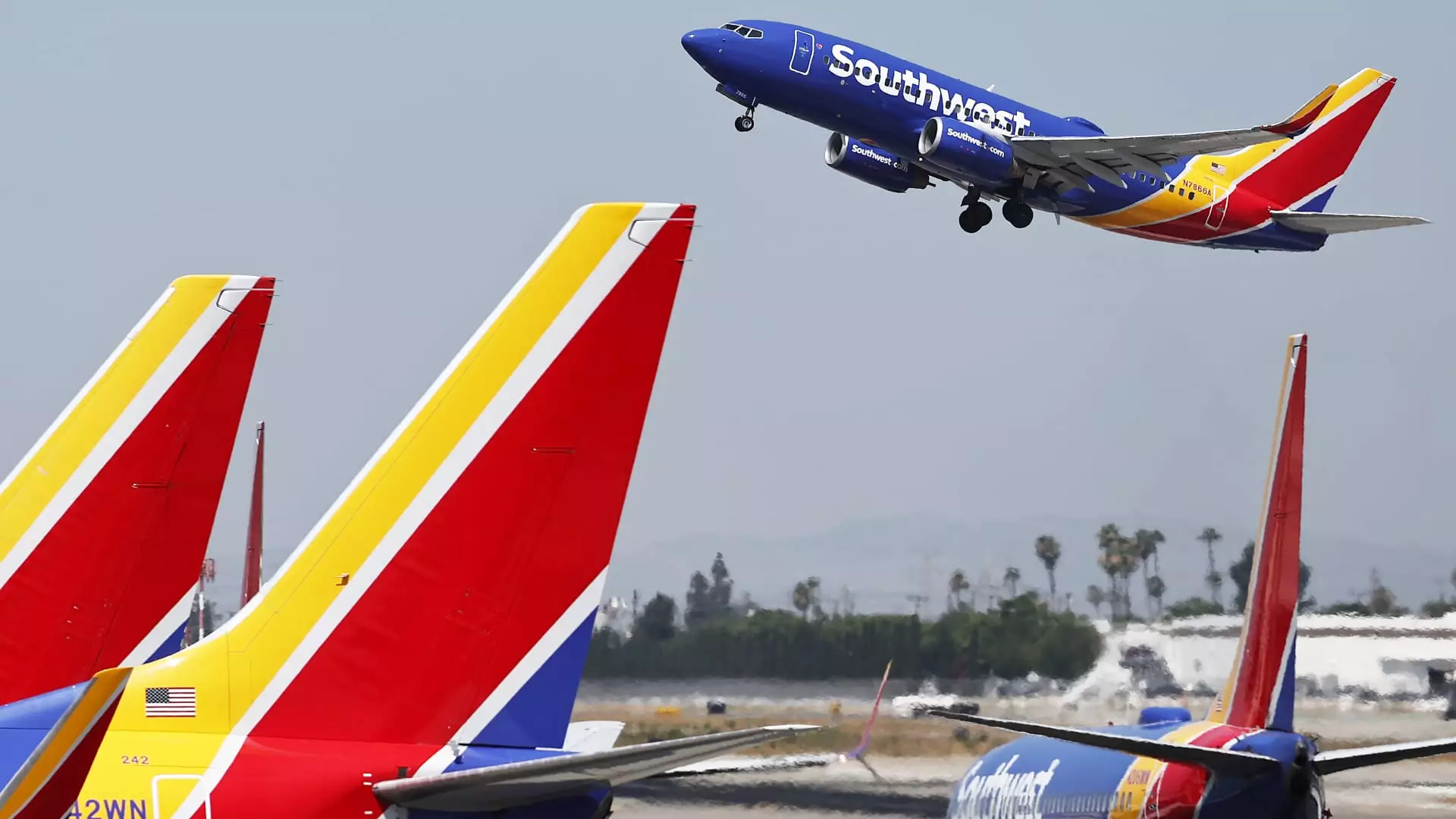Southwest Airlines is poised to enter a significant transitional period, exemplified by the announcement of Gary Kelly’s retirement and a restructuring of its board. This announcement sends a clear signal that the airline is reassessing its governance in response to mounting pressures from Elliott Investment Management, an activist investor that has notably acquired a substantial stake in the company. Kelly, who has been a part of Southwest for nearly forty years and has held the chairman role since 2008, acknowledges that the time has come for a fundamental shake-up. In his communication to shareholders, he emphasized the importance of discerning which aspects of the company need change and which remain vital.
Elliott’s interest in Southwest, having invested nearly $2 billion, has brought an urgency to the conversation about leadership and operational strategies within the airline. They have been vocal about the airline’s “stunning underperformance,” which suggests a stark discontent with the current management structure, particularly targeting CEO Bob Jordan, who, like Kelly, has spent decades within the organization. The mention of unanimous support for Jordan from the board is intended to project stability, but such assertions may not fully alleviate stakeholder concerns about the company’s future.
The planned retirement of six board members by November marks a pivotal point for Southwest Airlines. This overhaul aims to inject fresh perspectives into the governance of the company. The decision to consider candidates from Elliott suggests that the board recognizes the need for collaboration with investors to navigate the complexities of the airline industry more effectively. The company aims to revitalize its leadership to better align with current market demands, which have become increasingly competitive and volatile.
Southwest Airlines finds itself in a challenging landscape characterized by an oversupply in the domestic market and delivery delays from Boeing, complicating its operational stability. Furthermore, the decision to make substantial changes to its long-standing business model—most notably by introducing extra legroom and eliminating the open seating policy—demonstrates a recognition of the evolving preferences of air travelers. Such shifts, while significant, raise questions about the effectiveness of these adaptations in addressing historical inefficiencies that have contributed to the airline’s stagnation.
The upcoming investor day scheduled for September 26 is a crucial moment for the airline. It will serve as a platform for Southwest to elaborate on its initiatives and demonstrate its commitment to evolving its brand. This event also positions the airline to regain investor confidence and clarify its strategy amidst a backdrop of changes. With the market dynamics continually shifting, how well Southwest responds to these challenges will ultimately determine its trajectory in this new era. To thrive, it must not only adopt innovative practices but also ensure that leadership is agile enough to steer the company through the turbulent skies ahead.

